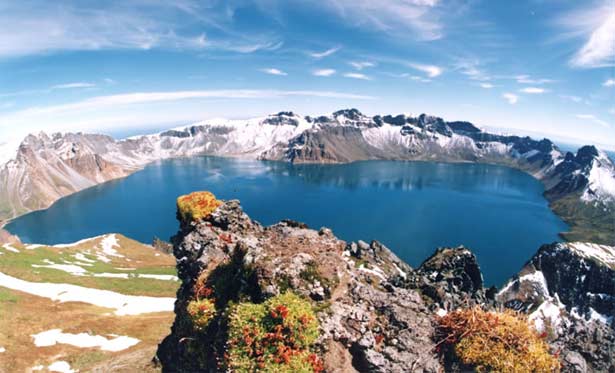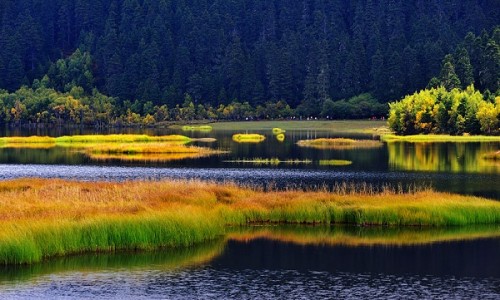China’s Plan for National Park System Show Changing Attitudes Towards the Environment

China’s growing middle class, with access to cars and vacation time, has spurred a new interest in appreciating and preserving still untouched but breathtaking natural environments in the countryside. The United States National Parks Service was founded in 1916 and has had time to mature, but China is still developing an enforceable legal system to protect these areas. Many national treasures have been harmed in the name of economic development and pressure to increase the GDP. However, as the Financial Times reports, “China plans to introduce a national parks system in a move that could help address administrative problems that have so far plagued attempts to protect the country’s few remaining natural areas.”

Grassroots campaigns have seen some success in the past, most notably the campaign that saved Tiger Leaping Gorge from being flooded and used for hydropower in 2004. While environmental activism is nothing new, recent developments, such as the establishment of 130 environmental courts between 2007 and 2013, show a rising concern from the national government. China’s top planning agency, the National Reform and Development Commission, signed an agreement with the Paulson Institute of the University of Chicago on Monday, June 8. The Paulson Institute’s goal is to achieve global environmental protection and sustainable economic growth by working with both China and the United States, and this partnership is a sign China is taking this issue seriously.
China already has a total of 225 National Parks, but you can narrow down your trip ideas with the help of Project Pengyou or a list of some of the more famous national parks for travelers.
The national government taking interest in national parks protection is an even better sign that attitudes towards the environment are changing for the better, and we hope that Pengyous will be able to enjoy China’s natural beauty for many years to come!
Image Credit: Macaron Magazine and China Whisper for images.